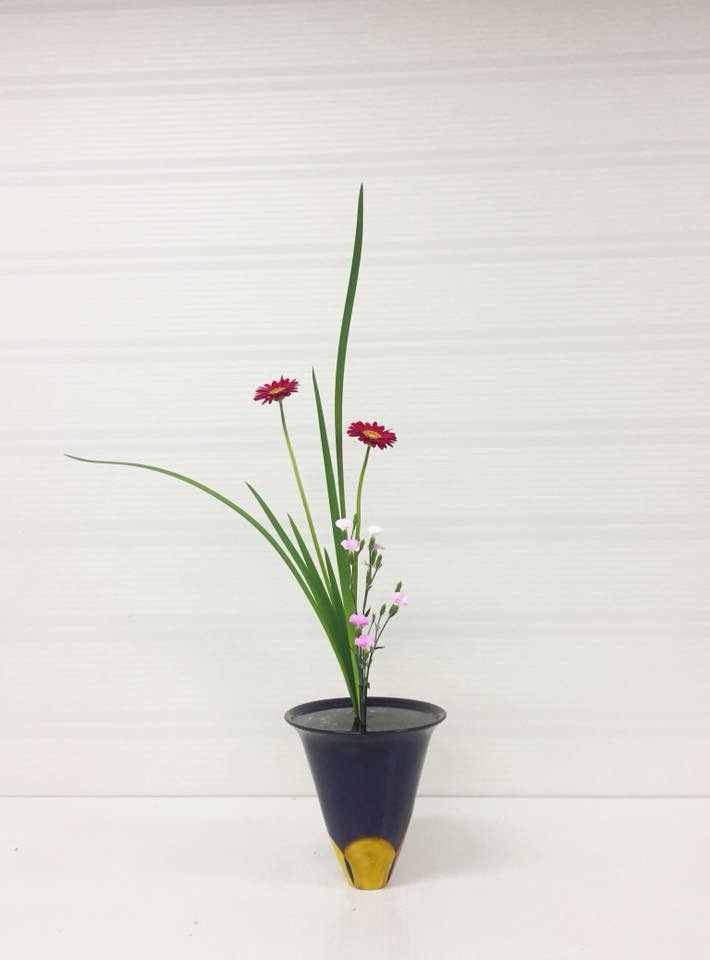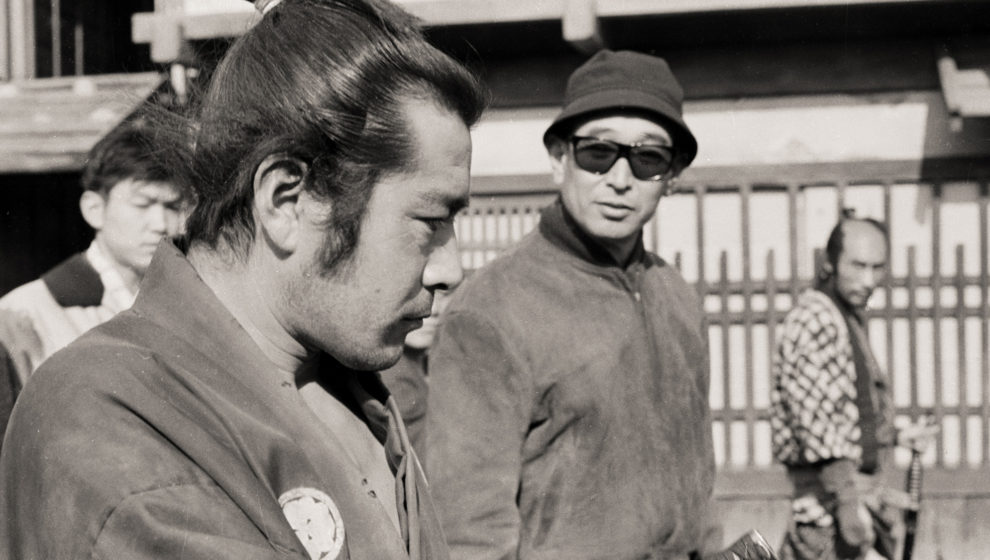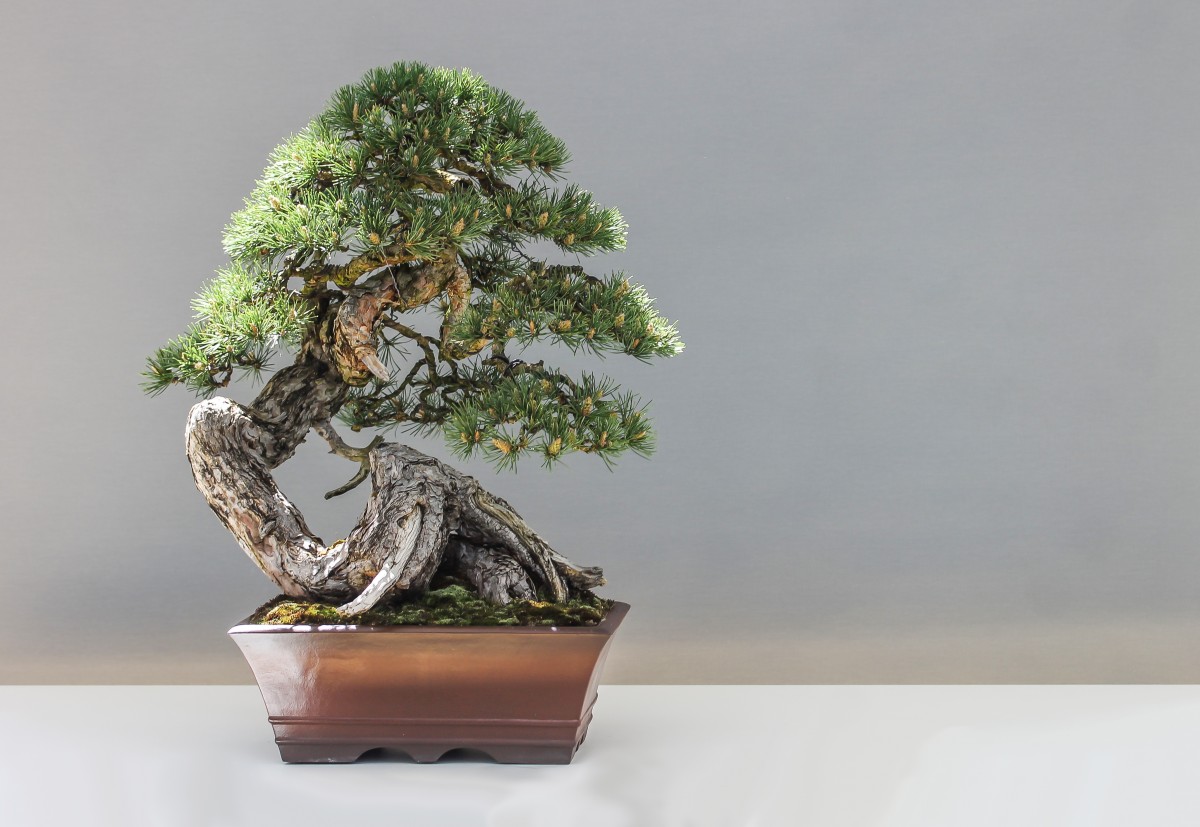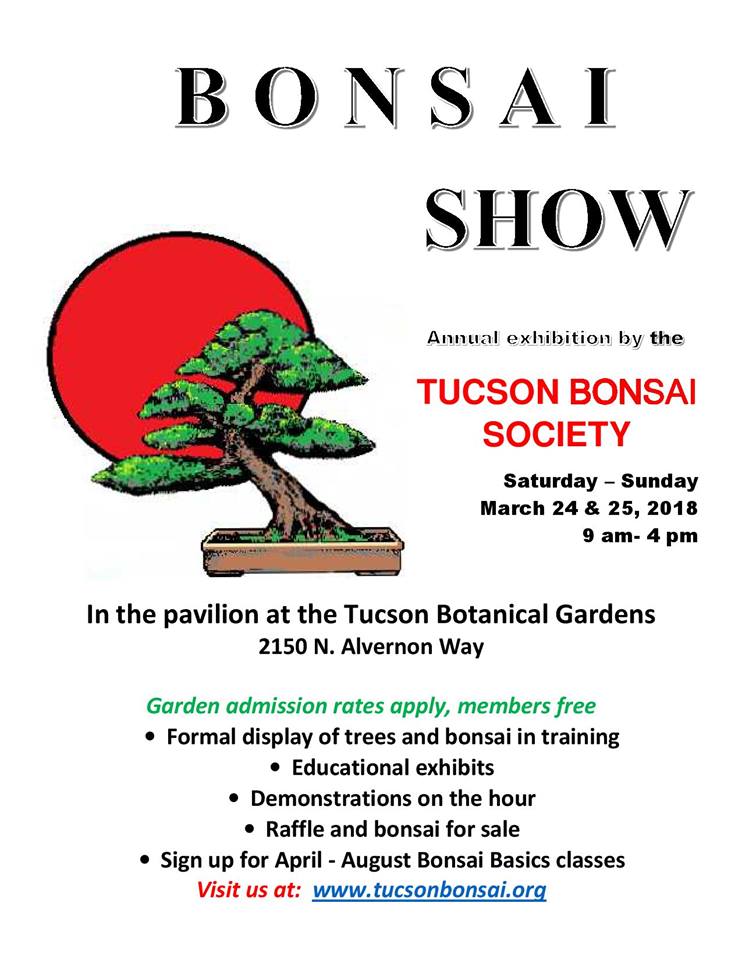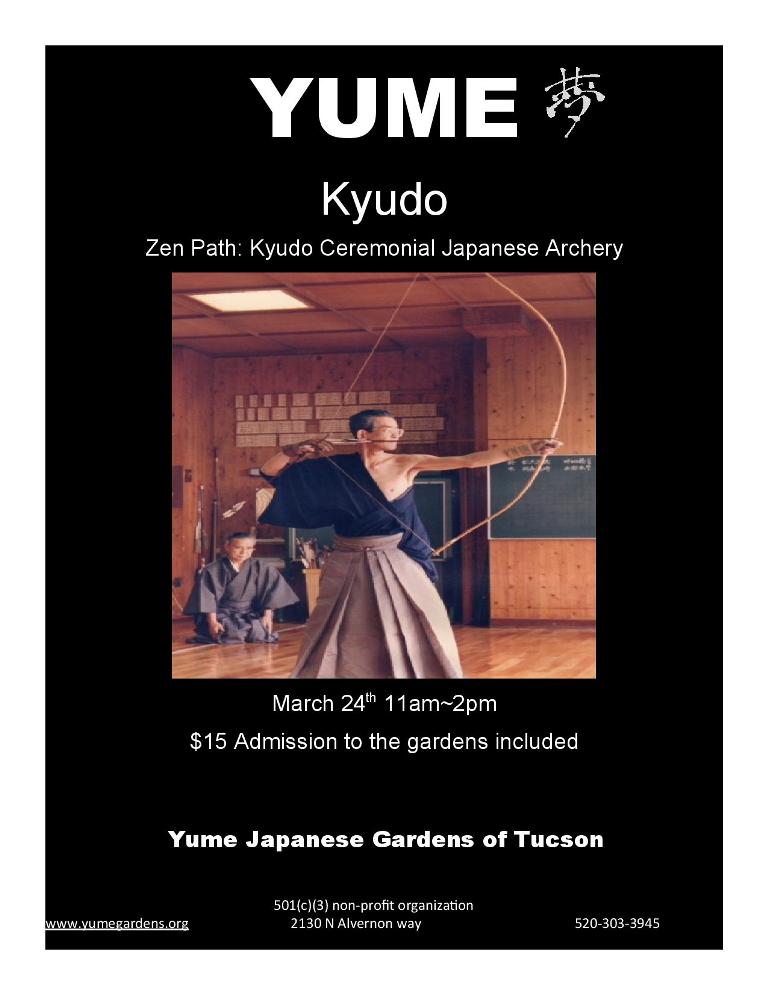The objectives of the Annual Arizona Japanese Speech Contest are to bring together Japanese language students from all over the state of Arizona to present their individually-written and memorized speeches before a panel of judges, family, and community members. Participants with a range of language ability (beginner to advanced) and from a range of institutions (high school, community college, and university) are invited to compete for prizes and participate in cultural activities.
By providing an opportunity for students to compete at a state-wide speech contest, we hope to encourage the study of the Japanese language. It is stimulating for students to see their peers from other schools working hard to achieve the same goal of Japanese language proficiency. We aim to create ties throughout our community by opening the event to the public and by soliciting sponsors among local shops, restaurants, and other business entities within and outside of Arizona. We believe that the state-wide speech contest is an ideal format for students to develop their presentational skills; furthermore, it is a great chance for students to use Japanese beyond the traditional classroom setting.”
UP-COMING SPEECH CONTEST DATES AND VENUES (2018)
The 29th Annual Arizona Japanese Speech Contest
Application Instructions (2018)
Time & Date:
12:30 to 6:00 p.m., Sunday, April 8, 2018
Place:
Center for the Arts,
Pima Community College, West Campus
2202 W. Anklam Road
Tucson, AZ 85709
Info: http://aatjaz.org/


